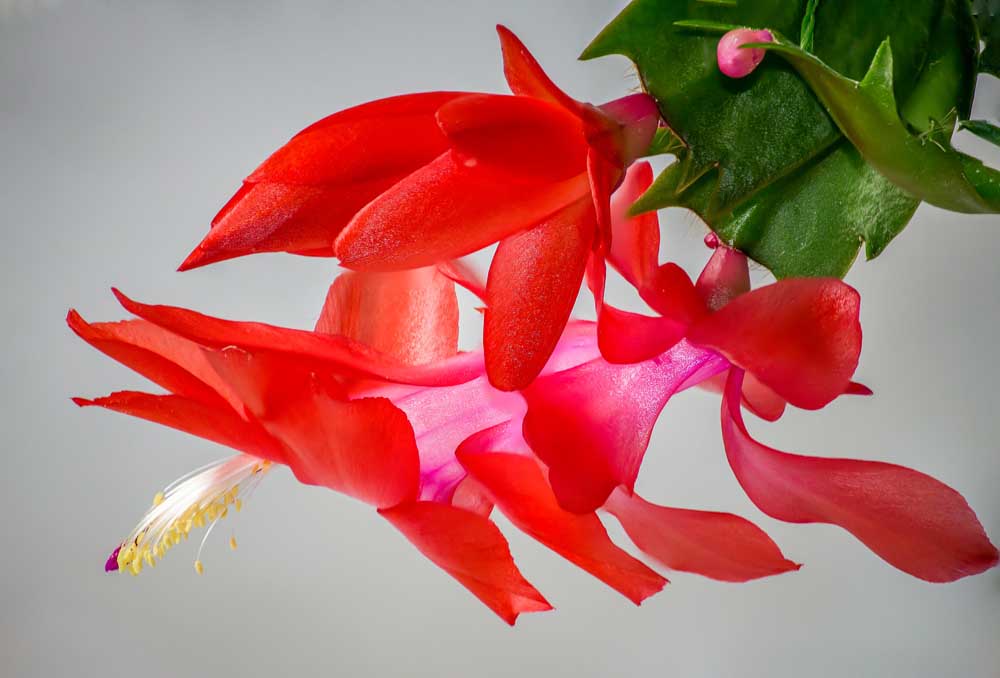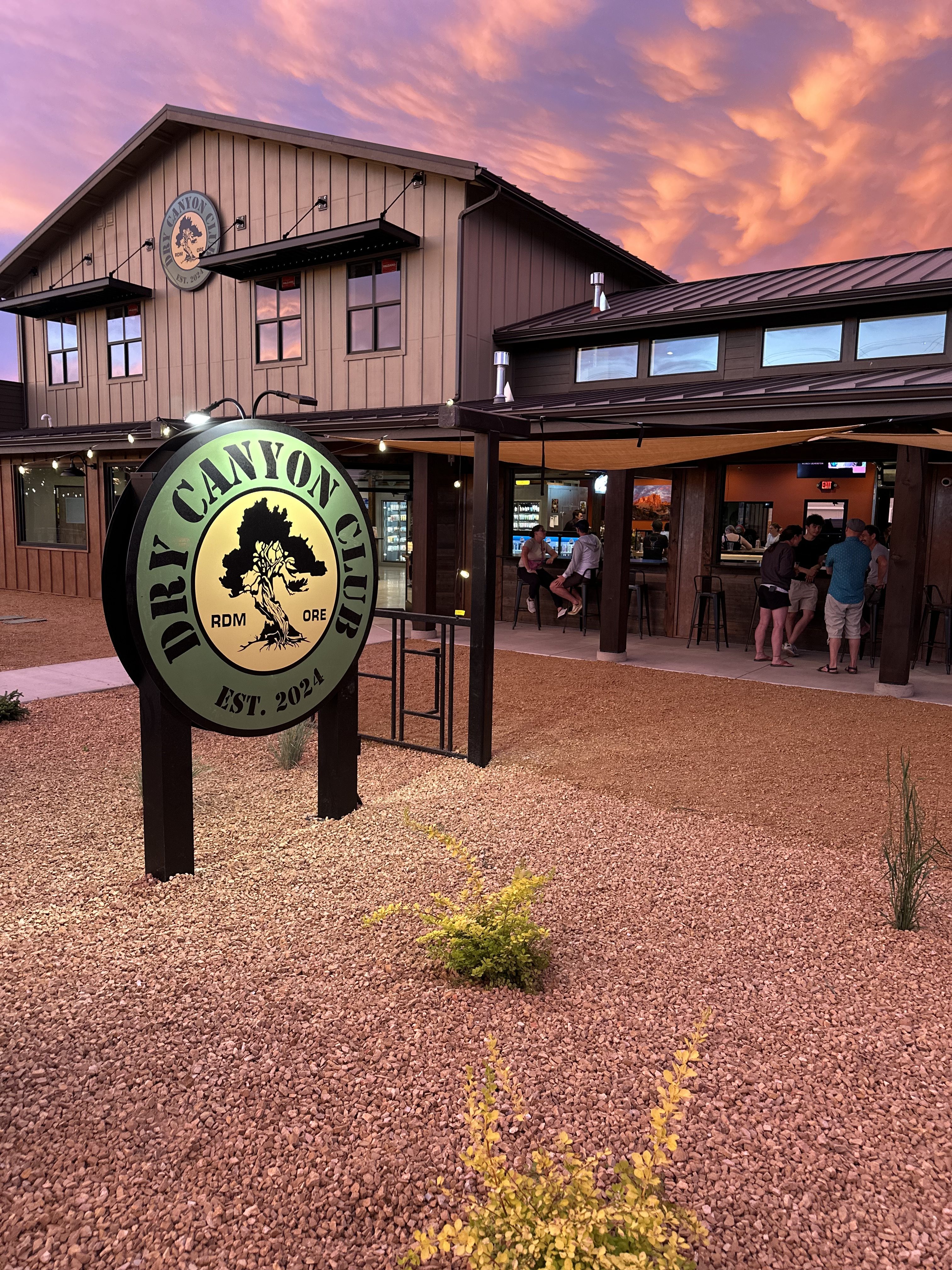Gardening corner: Holiday cactus can be coaxed to bloom
Published 1:00 am Wednesday, November 24, 2021

- Details of a beautiful orange-red double flower of a holiday cactus.
I have to admit to an extreme case of plant envy at viewing an e-mail from a neighbor of her holiday cactus covered in blooms. It was worse than envy. It was a plain and simple case of plant jealousy.
Trending
What have I done or not done to cause my Christmas cactus to sit there like a bump on a log month after month? Or, maybe it’s not a Christmas cactus but a Thanksgiving cactus or maybe an Easter cactus. To add to the mystery, Thanksgiving cacti are often sold as “Christmas cacti.” Both fall into the genus Schlumbergera, have the same color scheme and require the same care.
There are two main differences between the Thanksgiving cactus and the Christmas cactus. The flowering season and the segment shape. Thanksgiving cactus bloom in the fall and Christmas cactus a month or so later. The second difference is the shape of the leaf segments or “cladodes”.
The Thanksgiving cactus has pointy, jagged edges and a toothy cladode with three or four pointed teeth. The cladodes grow upward and then will arch down.
Trending
The Christmas cactus has flattened cladodes with smooth, scalloped edges and hang down like a pendant.
A second, more diagnostic look at my neighbor’s picture determined that the cladodes were pointy and jagged with four teeth and did grow more upright before arching downward.
I felt a renewed hope for my bedraggled looking specimen. My cactus has smooth rounded edges confirming what I had believed to be a Christmas cactus so there is still time for some therapy.
What’s next will be a more thorough study of how to revive the plant. Both Thanksgiving and Christmas cactus need cool temperatures to spur flower buds. Night temperatures between 55 to 60 degrees are ideal along with long periods of darkness of 13 to 16 hours each night. Flowering should begin 8 weeks after this treatment. Although the room my plant was kept in is not heated, the temperature may not have been low enough to trigger the flowering cycle. One tip I did read to help kick start flowering is to expose the plant to temperatures of about 45 degrees F for several nights in a row. Sounds like some garage time for the plant.
I admit to being lax with a fertilizing program. Advice is to feed monthly during the fall and winter. From spring through early fall, feed every two weeks with a balanced house plant fertilizer. Christmas cactus moisture is important. The plant requires frequent watering during spring and summer keeping the soil slightly moist. Never allow soil to become waterlogged as that will cause root rot problems.
Plants can be pruned in the late spring to encourage branching and more flowers. Cut off a few sections of cladode, the plant will branch from the wound. Cut pieces can be rooted in lightly moist potting soil. Roots will form after several weeks.
Wood ash and gardens
I am starting to hear grumbles from my mid-west family over snow flurries. The realization that we won’t be far behind is just a weather report away. A revisit to my 2020 garden journal indicated that on Nov. 4 the temperature was 65 degrees. On Nov. 5 we had snow flurries — welcome to Central Oregon.
Although wood-burning stoves and fireplaces aren’t as popular as they once were, I feel the need to continue giving disposal of wood ashes advice that is appropriate for our Central Oregon soil. Disposing of wood ashes in your garden is detrimental to the soil in Central Oregon. It is a practice not endorsed or encouraged by long-time gardeners who have studied the composition of our native soil. Our soil is volcanic based. Wood ashes would only compound the imbalance that already exists.
I am aware that in many areas with a different native soil composition, the ashes are considered a valued soil additive. Please remember that does not hold true for Central Oregon soils.








